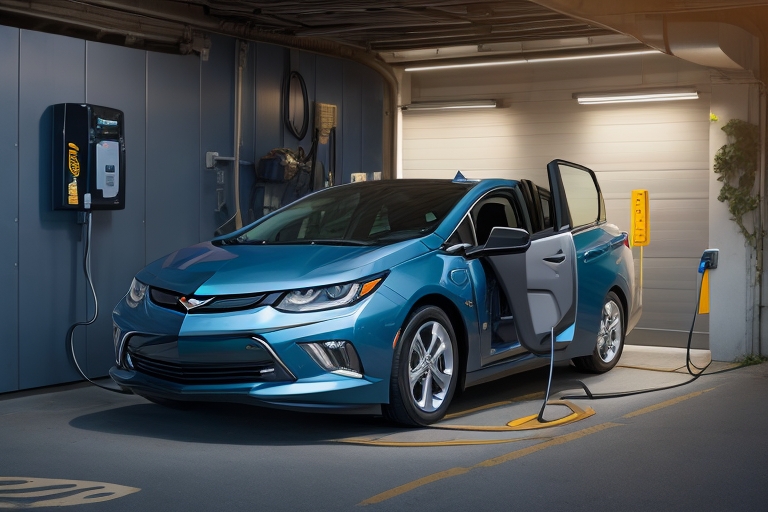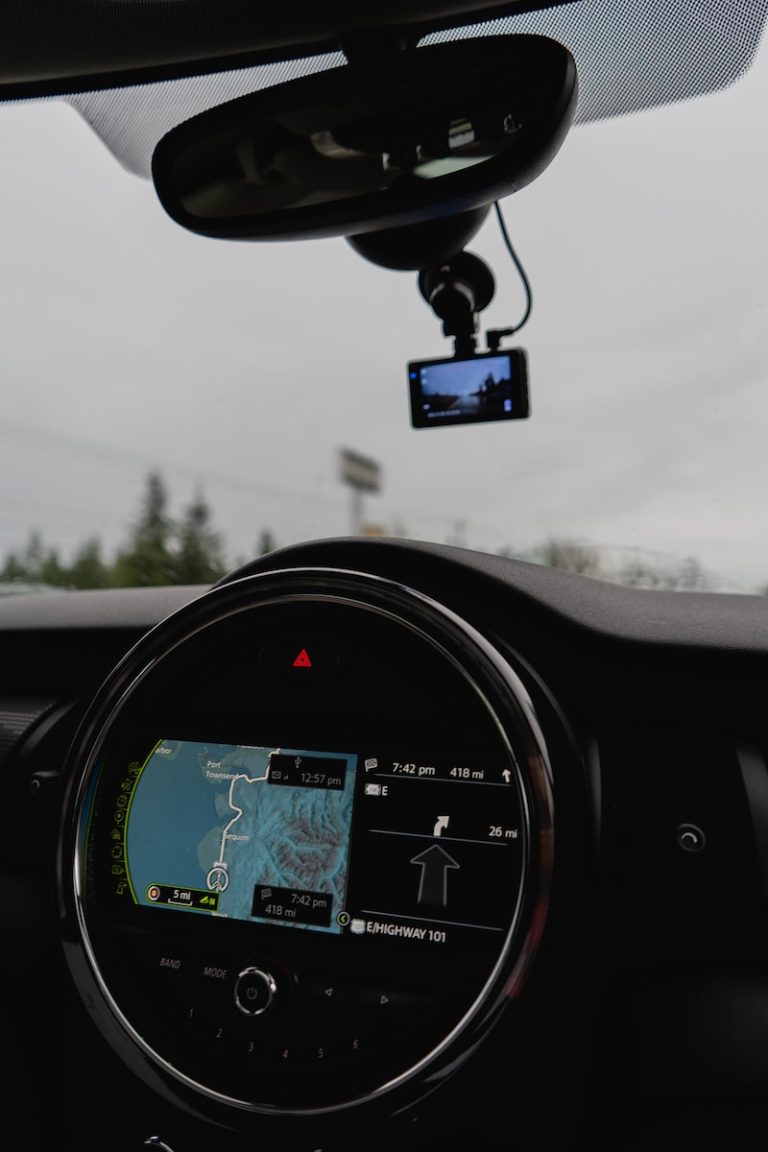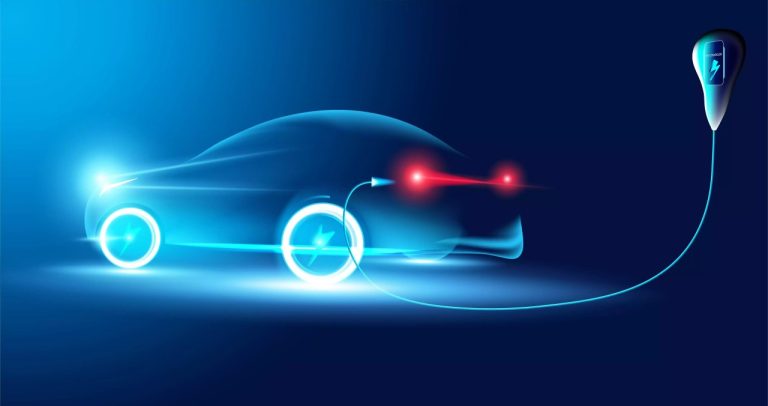About Power Steering System in Cars
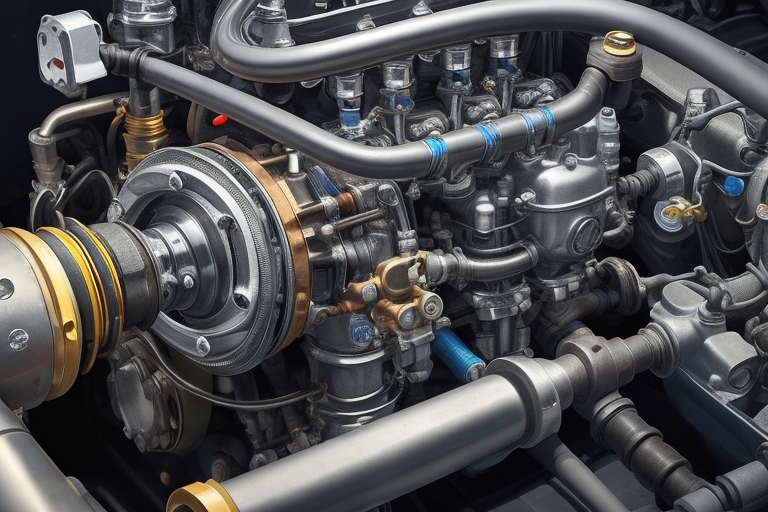
The power steering system in cars is like a silent guardian, effortlessly guiding the wheels in the desired direction with a mere flick of the wrist. This revolutionary technology has transformed the driving experience, eliminating the need for excessive arm strength while steering and enhancing comfort and convenience.
Not only does power steering make driving easier, but it also plays a crucial role in improving safety on the roads. Join us as we explore the fascinating world of power steering systems and uncover all the facts.
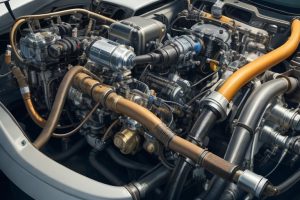
Key Takeaways
- Power steering reduces the strength required to turn the steering wheel, making steering easier and more comfortable.
- Power steering enhances safety and convenience in driving by improving the overall driving experience.
- Power steering enables easy control of the steering wheel and helps absorb shocks on uneven road surfaces.
- Electric power steering is considered the most effective system among the three major types, offering enhanced accuracy, efficiency, and customization in steering input.
How Power Steering Works
The power steering system utilizes a hydraulic pump to supply pressurized fluid to the steering rack, reducing the strength required to turn the steering wheel. This system operates by the driver applying force to the steering wheel, which is then transferred to the steering column. The motion is transmitted through a universal joint, ultimately reaching the pinion and rack.
The hydraulic pump delivers pressurized fluid to the steering rack, causing it to move in the desired direction. By doing so, the power steering system assists in turning the car wheels, making it easier and more comfortable for the driver. This reduction in required strength allows for a smoother and more controlled driving experience, enhancing both safety and convenience.
Comparison: Power Steering Vs Manual Steering
Comparing the ease and convenience of power steering with the manual steering system, power steering significantly reduces the effort required by the driver to steer the vehicle. Power steering systems provide assistance to decrease the manual strength required for steering, making it easier and more comfortable for drivers.
With power steering, the wheel resistance doesn’t reach the steering wheel, resulting in quicker steering response. It also helps absorb shocks on uneven road surfaces, enhancing the overall driving experience.
On the other hand, manual steering requires the driver to provide the entire force alone for steering, making it slower and less effective in absorbing shocks. It also requires more effort and strength from the driver, making it more challenging to control the steering wheel.
Overall, power steering offers numerous advantages over manual steering, improving safety and convenience in driving.
Types of Power Steering Systems
Exploring the various types of power steering systems reveals the different mechanisms employed to enhance steering performance in cars.
The three major types of power steering systems are hydraulic power steering, electric power steering, and electro-hydraulic power steering.
Hydraulic power steering was the first system introduced in cars and uses a hydraulic pump to supply pressurized fluid to the steering rack, reducing the strength required to steer the vehicle.
Electric power steering, found in most car models today, uses electrical energy to ease the working of the steering assembly, with a sensor detecting steering wheel movement and an electric motor providing assistance.
Electro-hydraulic power steering combines elements of both electric and hydraulic systems, offering enhanced accuracy and efficiency in steering.
Advantages of Power Steering
Several significant advantages of power steering include easier and less tiring steering for the driver, adjustable steering speed based on road conditions, and the electric power steering system being considered the most effective among the three major types.
Power steering systems greatly reduce the effort required to turn the steering wheel, making it easier and less tiring for the driver, especially in tight parking spaces or during low-speed maneuvers.
Additionally, power steering systems have the ability to adjust the steering speed based on the road conditions, providing a smoother and more controlled steering experience.
Among the three major types of power steering systems – hydraulic, electric, and electro-hydraulic – the electric power steering system is widely regarded as the most effective.
It uses electrical energy to provide assistance in the desired direction of the steering wheel, offering enhanced accuracy, efficiency, and customization in steering input.
Hydraulic Power Steering in Cars
The hydraulic power steering system in cars utilizes a hydraulic pump to supply pressurized fluid to the steering rack, reducing the effort required to steer the vehicle. This system works by transmitting power from the engine to the steering mechanism through a serpentine belt.
As the driver turns the steering wheel, the hydraulic pump is activated, which pressurizes the fluid and sends it to the steering rack. The fluid then applies pressure to the rack, assisting in the movement of the wheels. This system greatly reduces the physical effort needed to steer, making it easier and more comfortable for the driver.
Additionally, hydraulic power steering provides a smoother and more responsive steering experience, enhancing the overall driving performance and safety of the vehicle.
Electric Power Steering in Cars
One advantage of electric power steering in cars is that it provides a more efficient and customizable steering input, allowing drivers to have a smoother and more tailored driving experience.
Electric power steering systems use electrical energy to assist in the working of the steering assembly. A bi-directional magnet motor is attached to the steering gear or steering column, and a sensor detects the movement of the steering wheel, turning on the electric motor. This electric motor then provides assistance in the desired direction of the steering wheel.
Unlike hydraulic power steering, electric power steering does not allow the transfer of resistance from the wheels to the steering column, making steering easier and less tiring for the driver. It also adjusts the steering speed based on road conditions, enhancing accuracy, efficiency, and customization in steering input.
Conclusion
In conclusion, the power steering system in cars is a revolutionary technology that has transformed the driving experience. It eliminates the need for excessive arm strength while steering, making it easier and more comfortable for drivers.
With its various components working together, power steering provides quicker steering response, better shock absorption, and easy control of the steering wheel. Whether it is hydraulic or electric, power steering enhances the overall driving experience, providing greater accuracy and efficiency in steering input.

